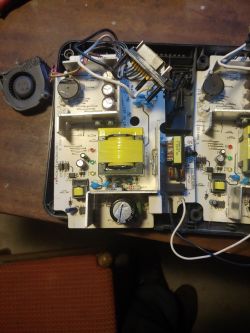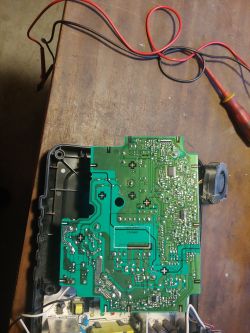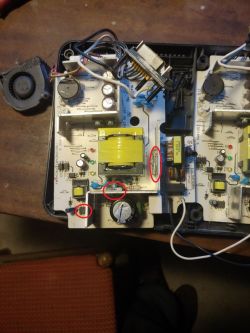Mircio82 wrote: Mario, I checked the transistor and bridge today, but I don't know how to check the third element. There is little information on the Internet on how to do this. Maybe it will help, but I did not write that the fuse burns without the battery attached.
Mario 814 wrote: As for the third element, find a Datasheet for it and identify which pins have the drain and the source of the transistor keying the converter and measure as above.
This can be done without combination and with the simplest method of logic. My friend
Mircio82 , first of all, there is such a method for short-circuit diagnostics in this type of devices. Instead of a fuse, you give a 230V bulb with a power of about 40-60W, turn the device on and see how the bulb shines with full light, it is a short circuit in the device - SIMPLE AS A CEPA CONSTRUCTION.
Secondly, when you already have the above-mentioned bulb system assembled, it is even easier when you suspect the damage sector. You turn on the system still with the bulb instead of the fuse and what do you see? Well, it still shines - you know the short circuit is still there, you suspect this "third element",
disconnect the 230V power supply and DISCHARGE CAPACITORS ON THE PRIMARY SIDE - it's not fun, because these voltages are dangerous to life and health! . Remove this chip, turn the chip on again, if the bulb is off, it means that the short circuit was in this "third element" and that's it. As the bulb is still on, you are looking for a method of eliminating the next element on which this is a short circuit
every time you turn off the 230V voltage and discharge the capacitors - EVERY TIME .







